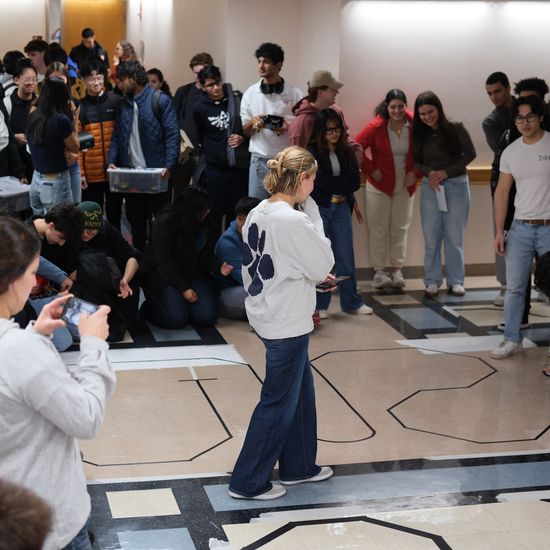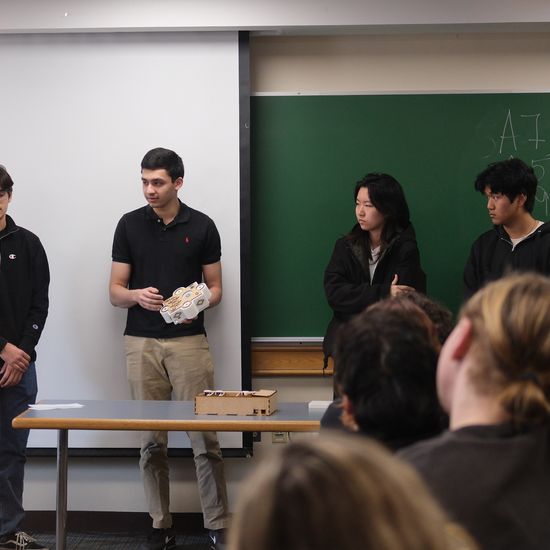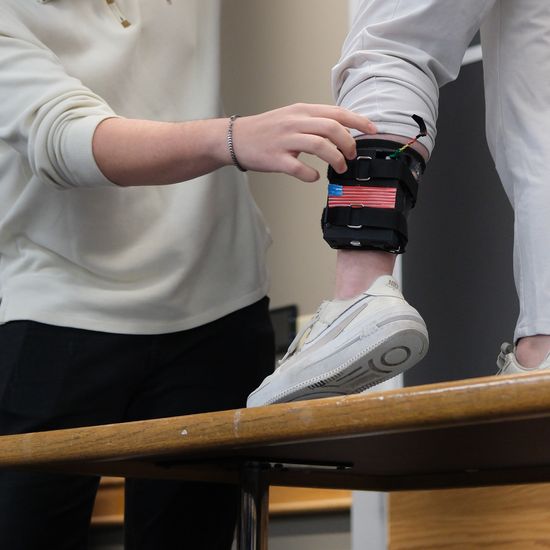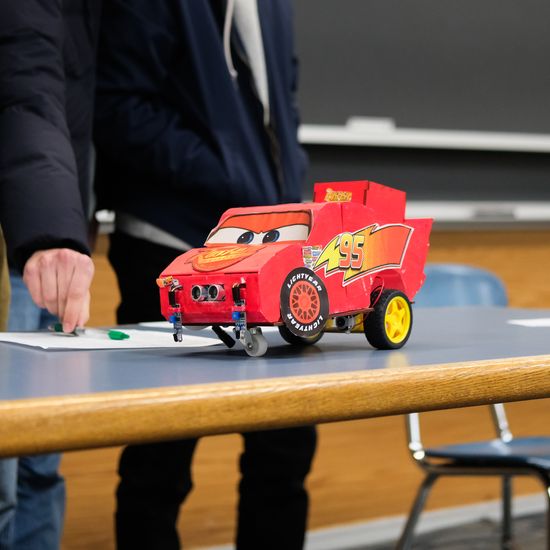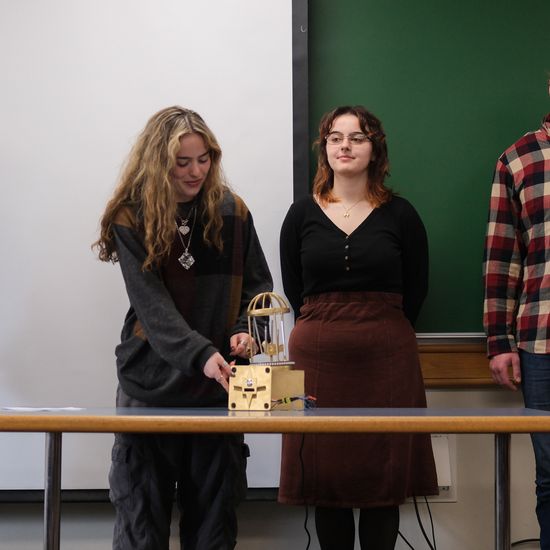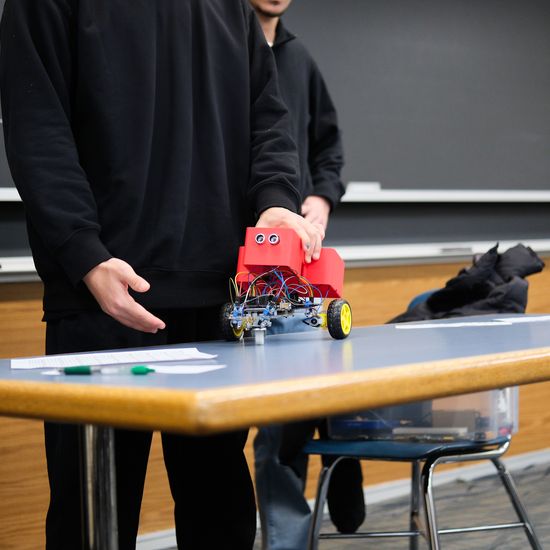EK210 is an introductory course to the principles of engineering design and is a core course for all Engineering undergraduate students. The course is intended to give second-year undergraduates a basic understanding of the process of taking a product from client explanation to design concept through product deployment. Students work in teams with time and budget constraints to emulate the process of working with a real client.
By challenging them to design a small product, they learn and implement the five steps in the design process which include: problem definition (specifying the big picture for the product); conceptual design (planning); preliminary design (modeling); detailed design (final parts selection and building); communicating.
The course introduces students to applied electric circuit theory, power modulation and housing design. They also discuss team dynamics and management in hopes of helping students work more effectively in teams. At the end of the semester, students gain some experience with technical report writing and technical presentations.
The students all have unique ways of solving problems that come up. Professor Pavan Bhavsar mentioned, “My personal favorite part about teaching the class is getting to know different ideas and solutions the students have and helping them to navigate the process.” Through many rounds of trial, error, and creative problem solving, students end up with a working project by the end of the semester. Professor Sheryl Grace noted, “The best part about teaching the course is seeing how proud teams are when their product finally works.”
During the Fall 2024 semester students had the opportunity to work on several projects including doorbells, line tracking cars, and gait trackers. The course ends with a design showcase where students present their projects and vote for the best one in each category. Here are some of those projects below!

